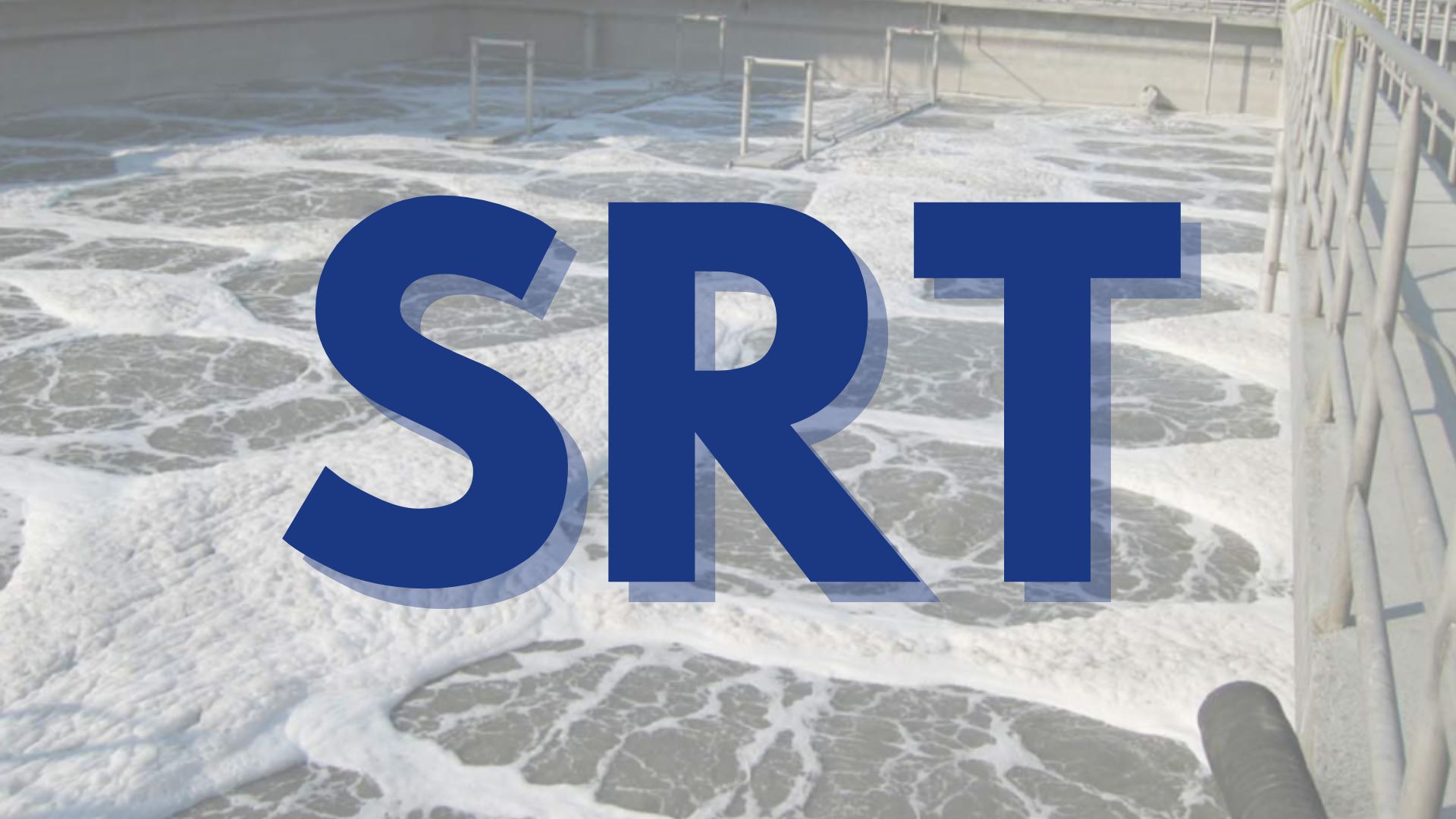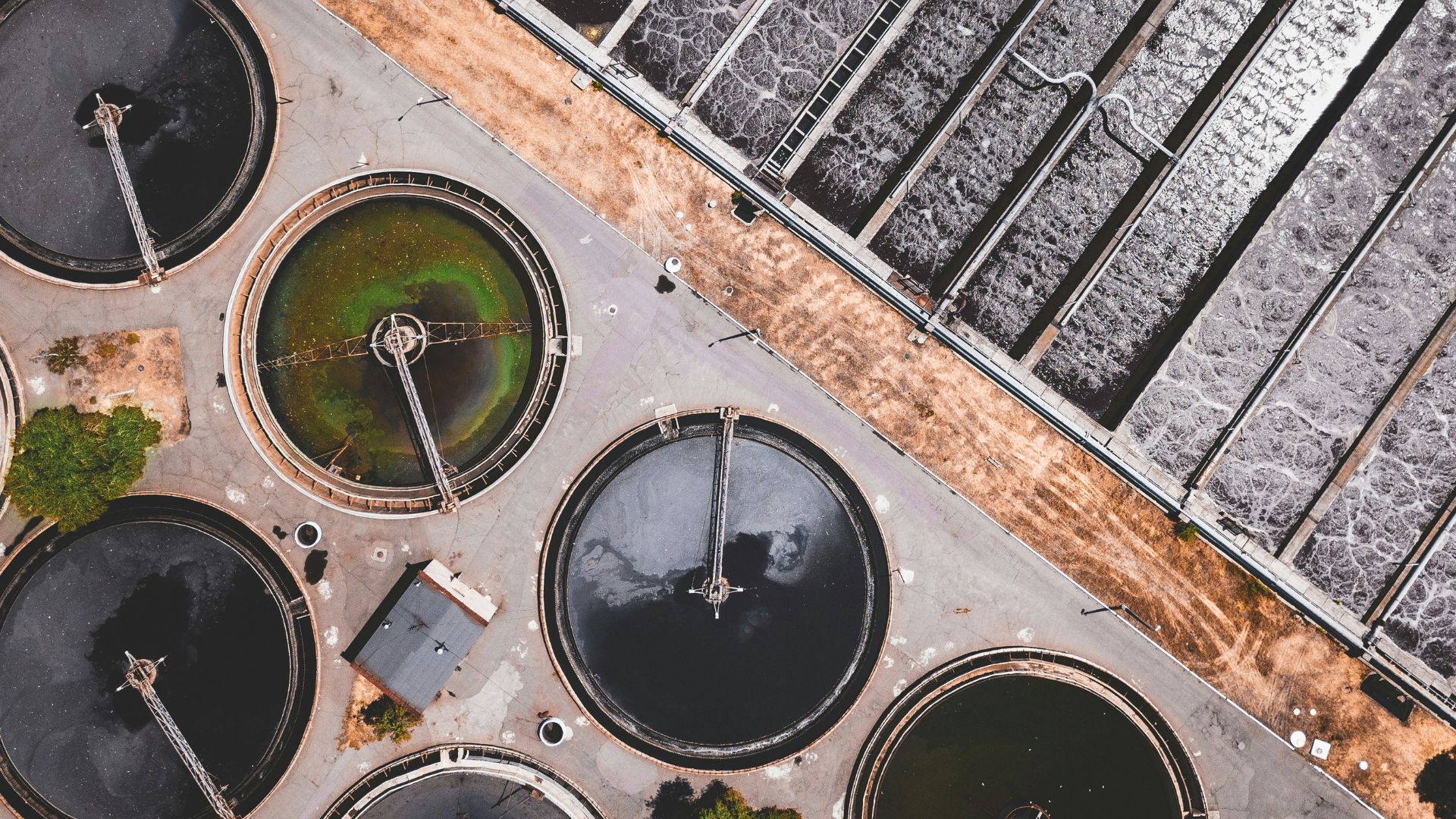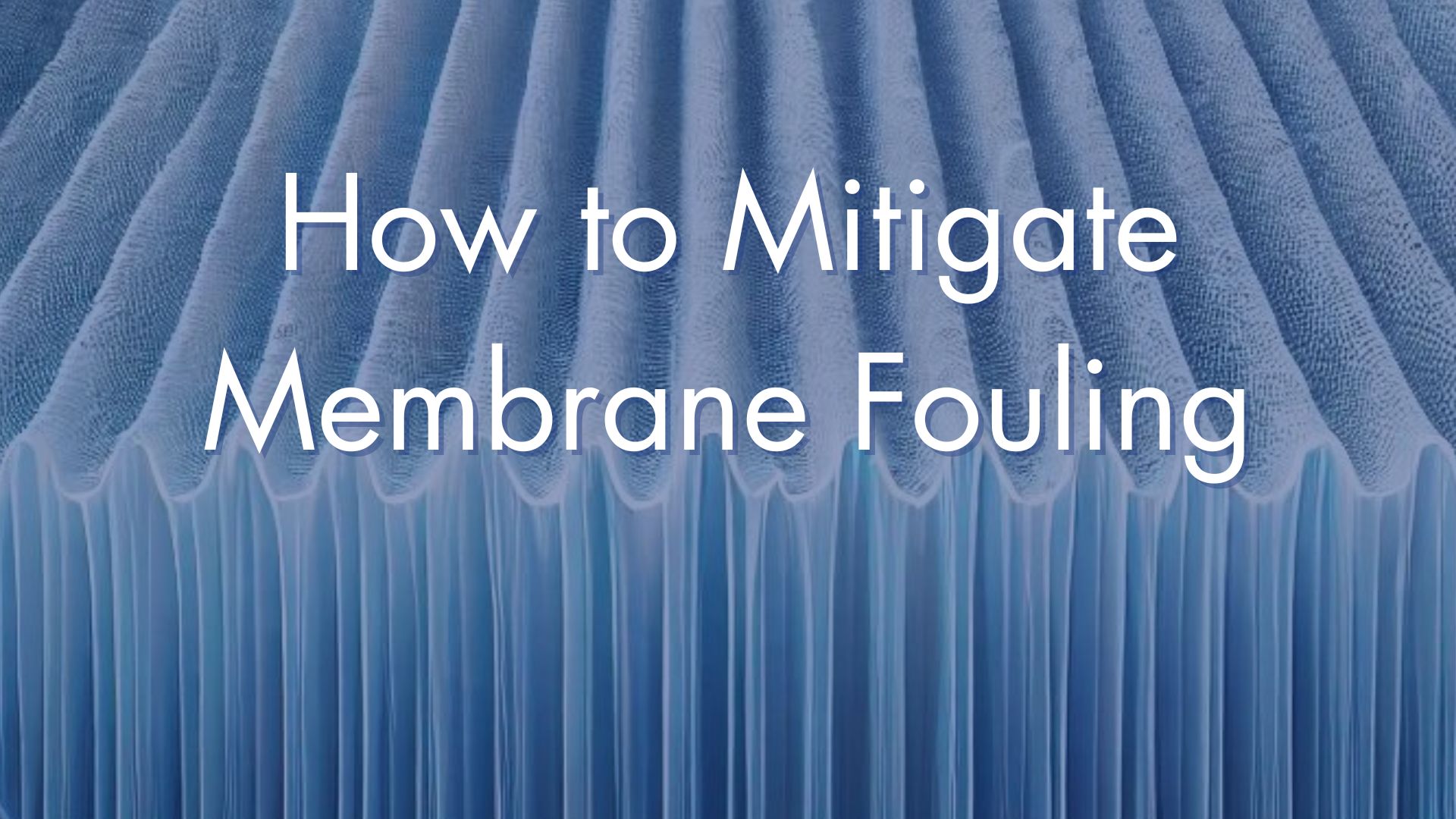MBR Fouling: The Role of Wastewater Particle Size Distribution

Membrane bioreactor (MBR) technology delivers an advanced take on traditional wastewater treatment, ultimately providing operators with superior effluent quality and operational flexibility. Businesses across the industrial and commercial spectrum can find benefits with MBRs in their facility.
But membrane fouling remains a major challenge, diminishing system performance and increasing maintenance costs.
This article will explain how particle size distribution (PSD) affects fouling and outlines strategies to mitigate it, ensuring MBR systems operate efficiently.
Understanding Particle Size Distribution
Particle size distribution refers to the range of particle sizes present in a sample and is a major factor in wastewater treatment. It’s a straightforward concept, but its ramifications run deeper.
The size of particles can greatly influence the fouling of membrane surfaces in MBR systems:
-
- Macro-sized particles can cause mechanical blocking on the membrane surface. Think larger food particles or organic debris, such as leaves or paper fibers. >100 µm.
-
- Micro-sized particles are primarily responsible for cake layer formation. These particles include finer sediments, smaller bits of organic matter, some bacterial cells, and flocculated materials that are not visible to the naked eye but larger than bacteria. 1-100 µm.
-
- Nano-sized particles can penetrate deeper into membrane pores, leading to pore blocking. Nano-size particles include colloidal materials, certain metal oxides, dissolved organic compounds that aggregate, and very small biological entities like viruses. 1-1,000 nm.
Each type of influent affects the fouling characteristics in MBR systems differently, necessitating specific approaches to manage and minimize fouling through pretreatment and system design adjustments.
In MBRs, a favorable PSD would typically feature smaller particle sizes that are uniform and less likely to cause membrane fouling. This allows for more efficient filtration and less frequent cleaning cycles. In contrast, systems that rely on sedimentation processes might benefit from a PSD with larger, heavier particles that settle more quickly, improving the separation process and overall treatment efficiency.
Techniques like laser diffraction, dynamic light scattering, and static light scattering are commonly used to measure PSD. These measurements provide essential data that help in predicting and managing fouling tendencies. A particle size analyzer is essential for accurate particle size distribution analysis, as this enables better control over the fouling process. Utilizing particle size analysis and particle characterization tools allows for a more precise understanding of the influent.
Pre-treatment Strategies Based on PSD
Adjusting pre-treatment processes according to particle size distribution can significantly reduce fouling risks.
Upgrading your system’s screening units to better handle specific particle sizes can prevent larger particles from reaching the MBR, reducing the risk of mechanical fouling. Implementing microfiltration or ultrafiltration as a preliminary step can help remove finer particles that contribute to cake layer formation and pore blocking.
Operators can also dial in the flocculation step in their wastewater treatment protocol. Introduce flocculants to the water to help particles clump together into larger aggregates, or flocs. This process improves the efficiency of sedimentation and filtration by increasing the size of the particles, making them easier to remove. This approach involves particle characterization to optimize the flocculation process.
Effective flocculation can significantly enhance the operational stability and efficiency of MBRs by reducing the frequency and intensity of cleaning required to maintain optimal membrane performance.
IWS is membrane-agnostic. We have five different technologies that include microfiltration or ultrafiltration options. As your technology partner, we’ll select the membrane product and configuration that makes the most sense for your project based on site specific conditions, unique drivers, and customer preference.
Design Considerations for MBR Systems
The membrane configuration is the foundation of the MBR system. Selecting the appropriate membrane pore size is important; this decision should be based on the particle size distribution of the influent. Optimal pore size should effectively block the passage of the largest prevalent particle size without significantly reducing flux.
For influents with high solids content, such as those from the food processing industry, using a membrane with larger pore sizes, such as microfiltration membranes, can be effective.
For typical municipal wastewater, which has a moderate level of solids and a diverse size distribution, ultrafiltration membranes are ideal. These membranes provide the necessary precision to deal with a variety of particle sizes, offering a good balance between throughput and fouling resistance.
Design modifications might include increased membrane surface area to handle higher particle loads or enhanced backwash systems to manage particle accumulation. The particle size distribution curve and volume distribution play critical roles in these design considerations.
Operational Strategies to Mitigate Fouling by Particle Size
Along the way, operational adjustments are necessary to address the dynamic nature of PSD in influent. Continuous monitoring of PSD allows for timely adjustments in operational parameters to minimize fouling. Techniques like scanning electron microscopy can be used to monitor fouling at a microscopic level.
Backwashing helps mitigate membrane fouling caused by various particle sizes. By reversing the flow of water through the membrane, backwashing dislodges particles that have accumulated on the surface, improving permeability and extending membrane life. This technique is crucial for managing solid particles and creating long-term efficiency.
Customizing the frequency and intensity of backwashing based on the specific PSD in the influent can optimize this process. For instance, heavier or larger particulate loads may require more frequent or vigorous backwashing to prevent clogging and maintain efficient system operation.
Tailoring these maintenance routines to the nature of the particles can help maintain membrane performance and longevity.
Additional Considerations and Techniques
Employing Raman spectroscopy can offer detailed insights into the molecular composition of the particles, which aids in better particle size determination. Understanding the size range and particle shape is also crucial for designing these filtration systems. The use of fine particles and small particles analysis can help in identifying the most problematic particle sizes that contribute to fouling.
Incorporating cumulative distribution and distribution curve data into your analysis provides a comprehensive understanding of the particle sizes present. This data, coupled with the knowledge of mass and bulk material characteristics, can inform better design and operational decisions.
Conclusion
Understanding and managing PSD is key to optimizing the performance of MBR systems.
By integrating PSD-focused strategies into MBR operation—from pre-treatment to design and routine maintenance—operators can enhance efficiency, reduce downtime, and extend the lifespan of the system. This approach supports compliance with discharge standards and promotes sustainable wastewater management practices.
Want to learn more? Read some of our recent articles:
Sign up for the Integrated Water Services newsletter below. We share important perspectives and news on MBR wastewater treatment every two weeks.
Want to learn more? Read some of our similar articles:
Sign up for the
Integrated Water Services newsletter.
We share important perspectives and news on MBR wastewater treatment every two weeks.


